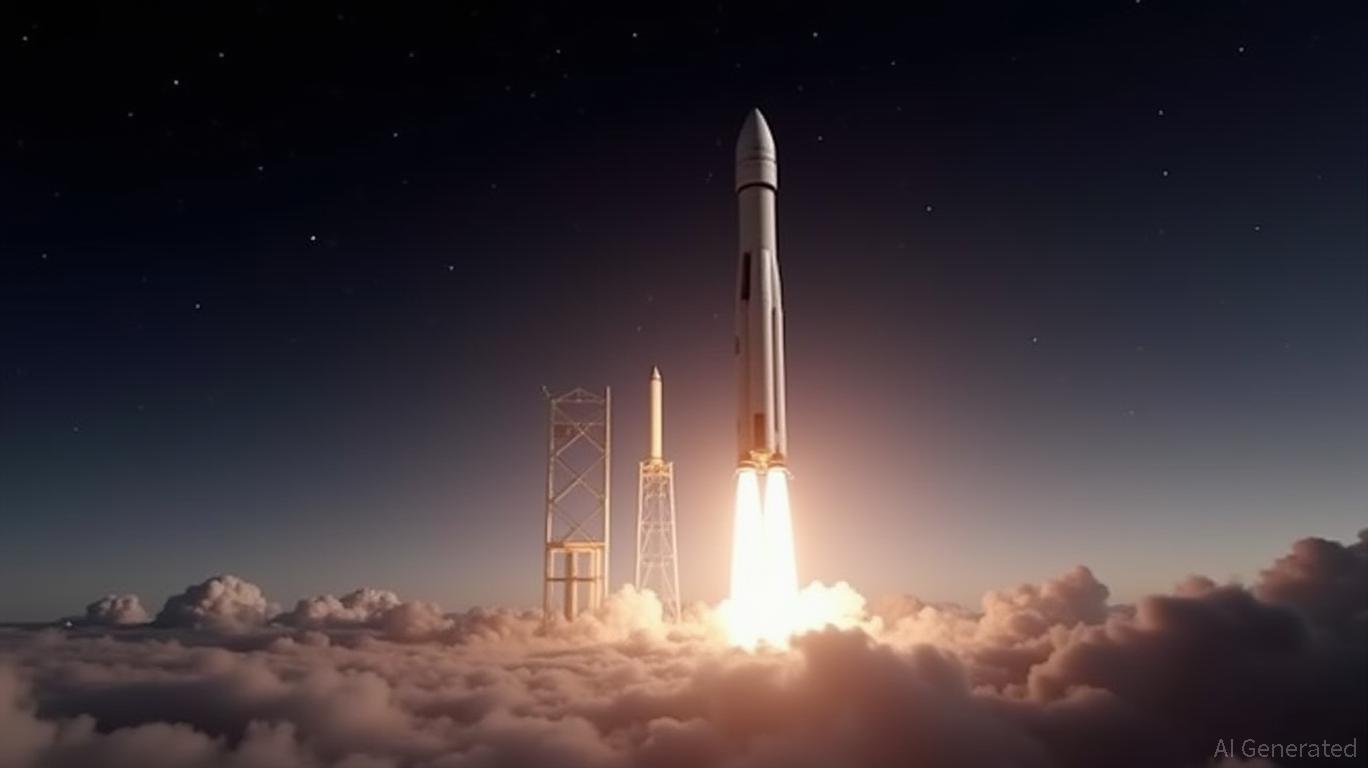Teledyne Achieves Hydrogen Power Breakthrough for Lunar Exploration
Teledyne Energy Systems has achieved a major breakthrough by successfully launching and testing its hydrogen fuel cell system for lunar exploration aboard Blue Origin’s New Shepard rocket, marking a pivotal advance in sustainable space power technology.

Teledyne Energy Systems, a subsidiary of Teledyne Technologies, has announced a significant milestone in space energy innovation with the successful launch and test of its Hydrogen Electrical Power System (HEPS) fuel cell aboard Blue Origin’s New Shepard rocket on September 18, 2025. This achievement, conducted under NASA’s Tipping Point program, is being hailed as a breakthrough for lunar and deep space missions, providing a scalable, air-independent power solution capable of surviving the harsh 14-day lunar night and operating autonomously in microgravity.
A New Era for Lunar Power
The HEPS system is specifically engineered to address the unique challenges of lunar habitats and surface operations, where traditional solar-based systems struggle during prolonged periods of darkness and extreme cold. According to Teledyne’s official statement, the flight tested the fuel cell’s power generation, thermal management, and resilience to space conditions, with results expected to inform future integration into lunar and Mars infrastructure. NASA’s involvement through the Tipping Point program underscores the agency’s commitment to sustainable lunar exploration, particularly as part of the Artemis program, which aims to establish a long-term human presence on the Moon.
Strategic Partnerships and Industry Impact
Teledyne’s collaboration with Blue Origin and NASA exemplifies the growing trend of public-private partnerships in the NewSpace economy. The successful demonstration of HEPS not only validates years of research and development but also positions Teledyne at the forefront of the rapidly expanding hydrogen fuel cell market. Industry analysts note that the global hydrogen fuel cell sector is projected to grow significantly, driven by government investments in clean energy and the increasing demand for reliable power solutions in both space and terrestrial applications.
The HEPS breakthrough is also seen as a catalyst for broader adoption of hydrogen technology in aerospace, defense, and industrial sectors. Experts highlight that hydrogen fuel cells offer a compact, high-energy-density alternative to solar arrays and nuclear reactors, making them ideal for environments where air-independent, continuous power is essential. The successful test aboard New Shepard is expected to accelerate the deployment of similar systems for future lunar bases and interplanetary missions.
Market and Investment Outlook
Despite the technological triumph, Teledyne’s stock performance has shown mixed results in recent months, reflecting broader market volatility. However, the company’s long-term outlook remains strong, with its innovative energy solutions attracting renewed investor interest. The convergence of technological progress, policy incentives, and strategic partnerships is expected to position Teledyne as a key player in the $1.5 trillion global space economy projected for the coming decade.
As the space industry continues to prioritize sustainability and resilience, Teledyne’s hydrogen power breakthrough marks a pivotal step toward enabling extended human exploration of the Moon and beyond. The company’s dual focus on space and terrestrial markets further enhances its prospects, offering a robust platform for future growth and innovation.